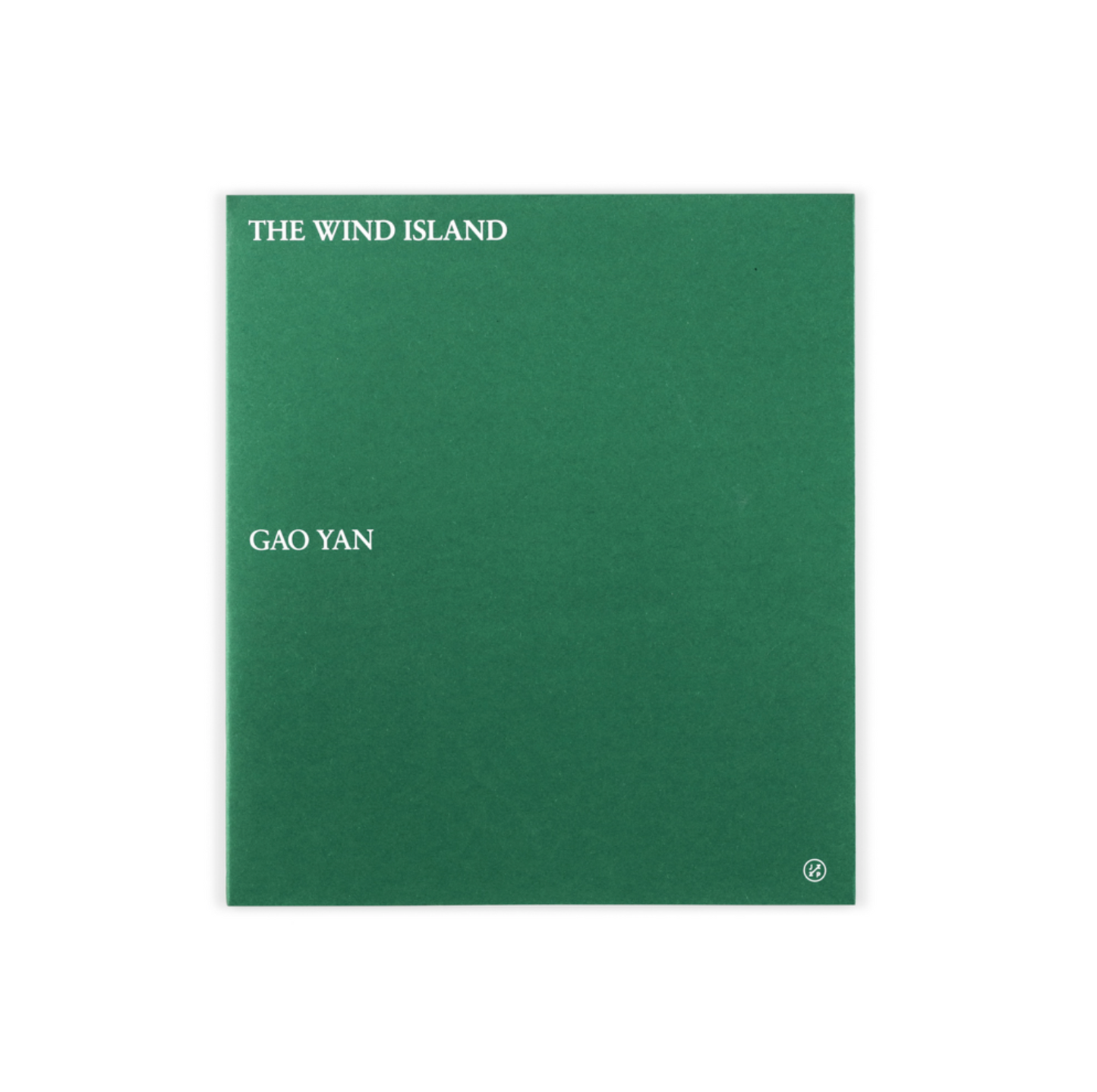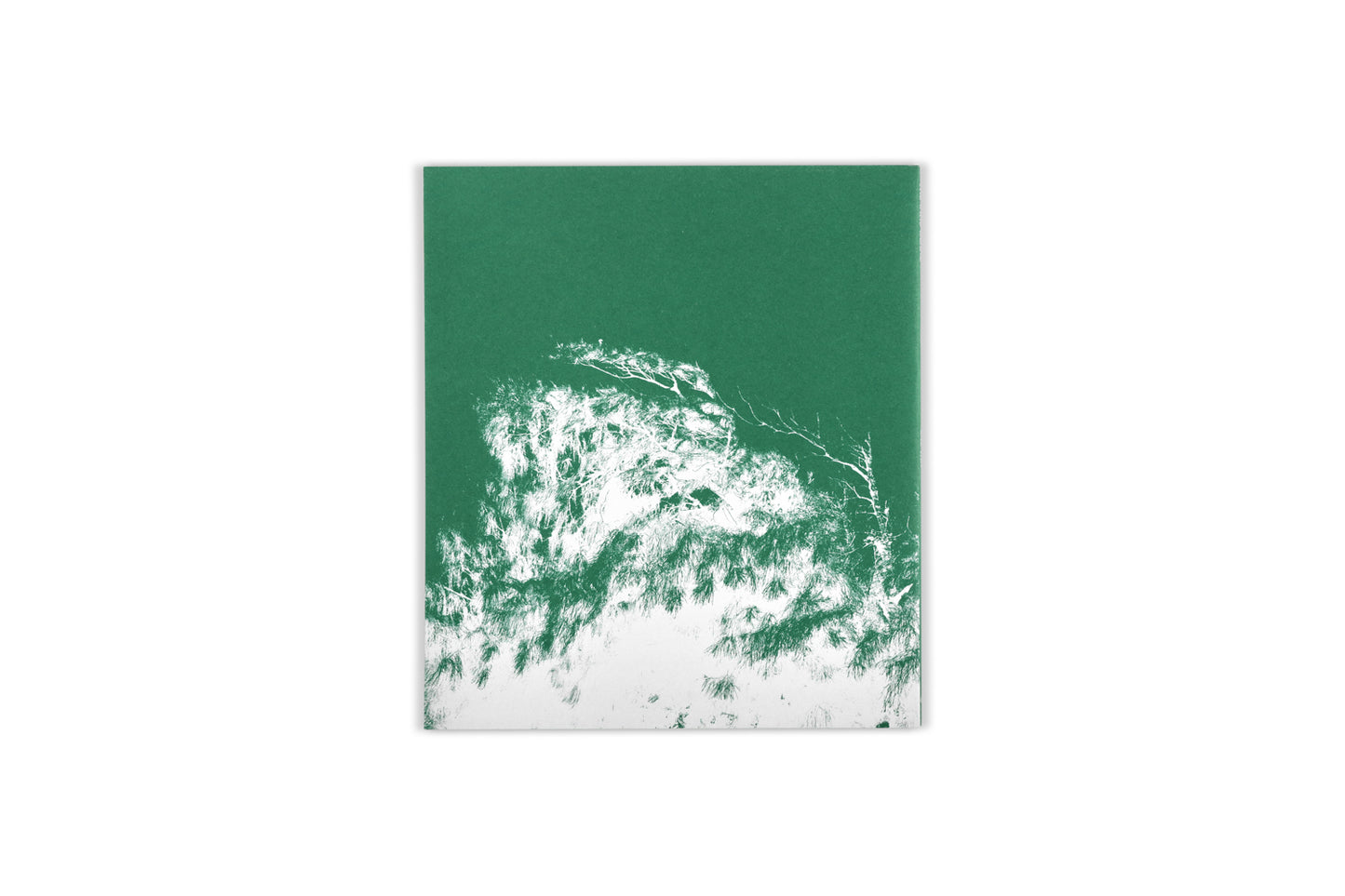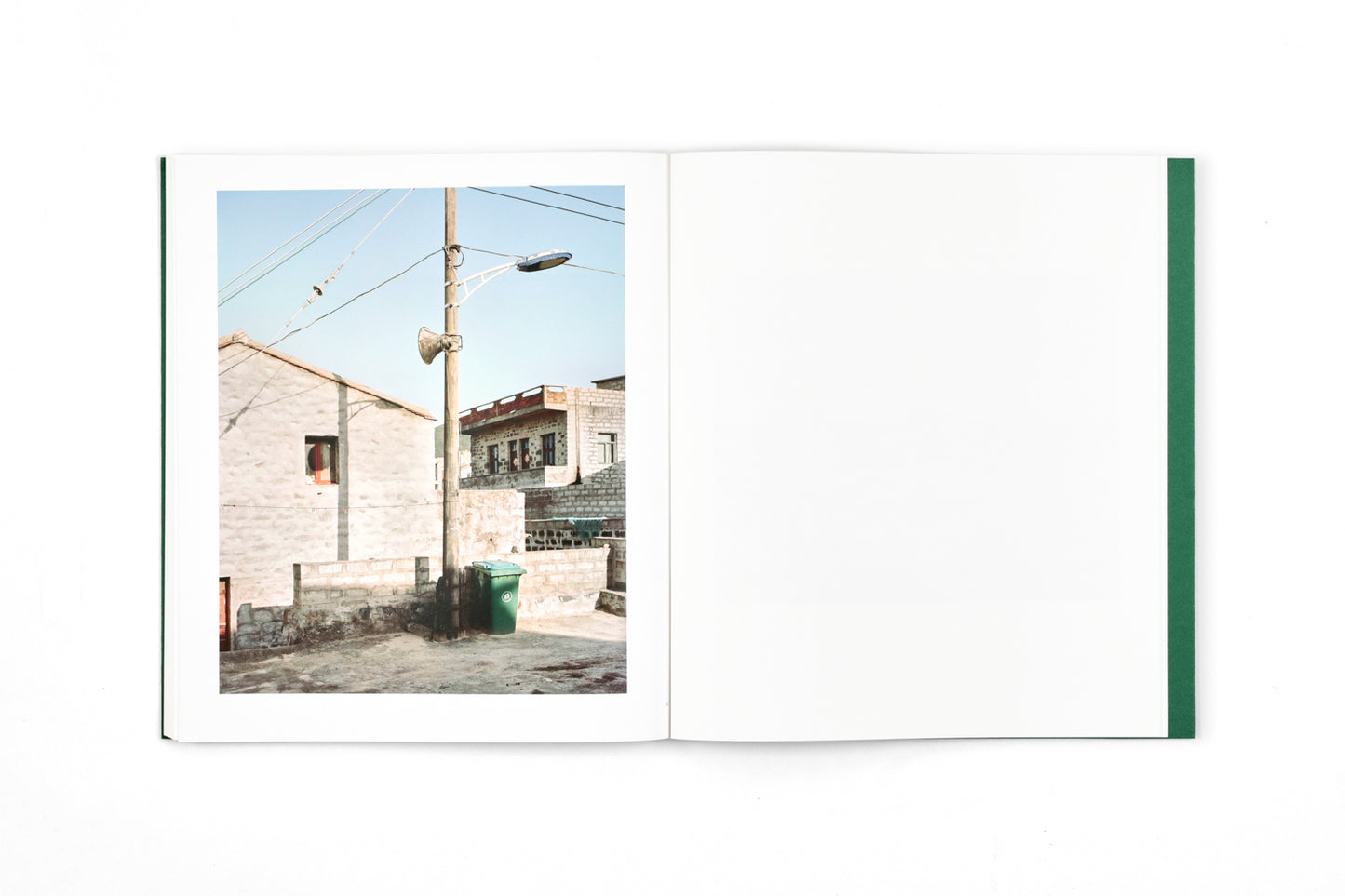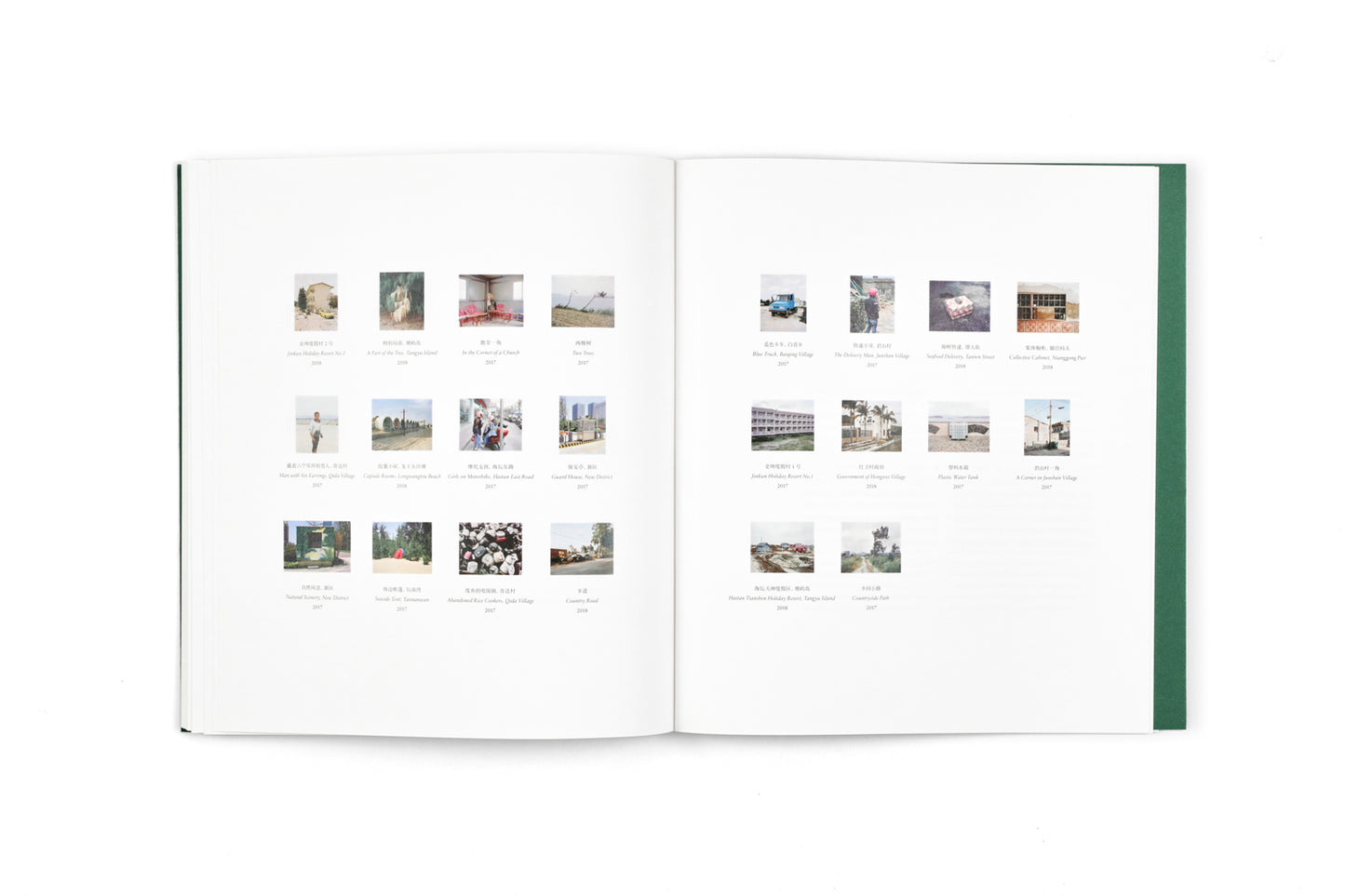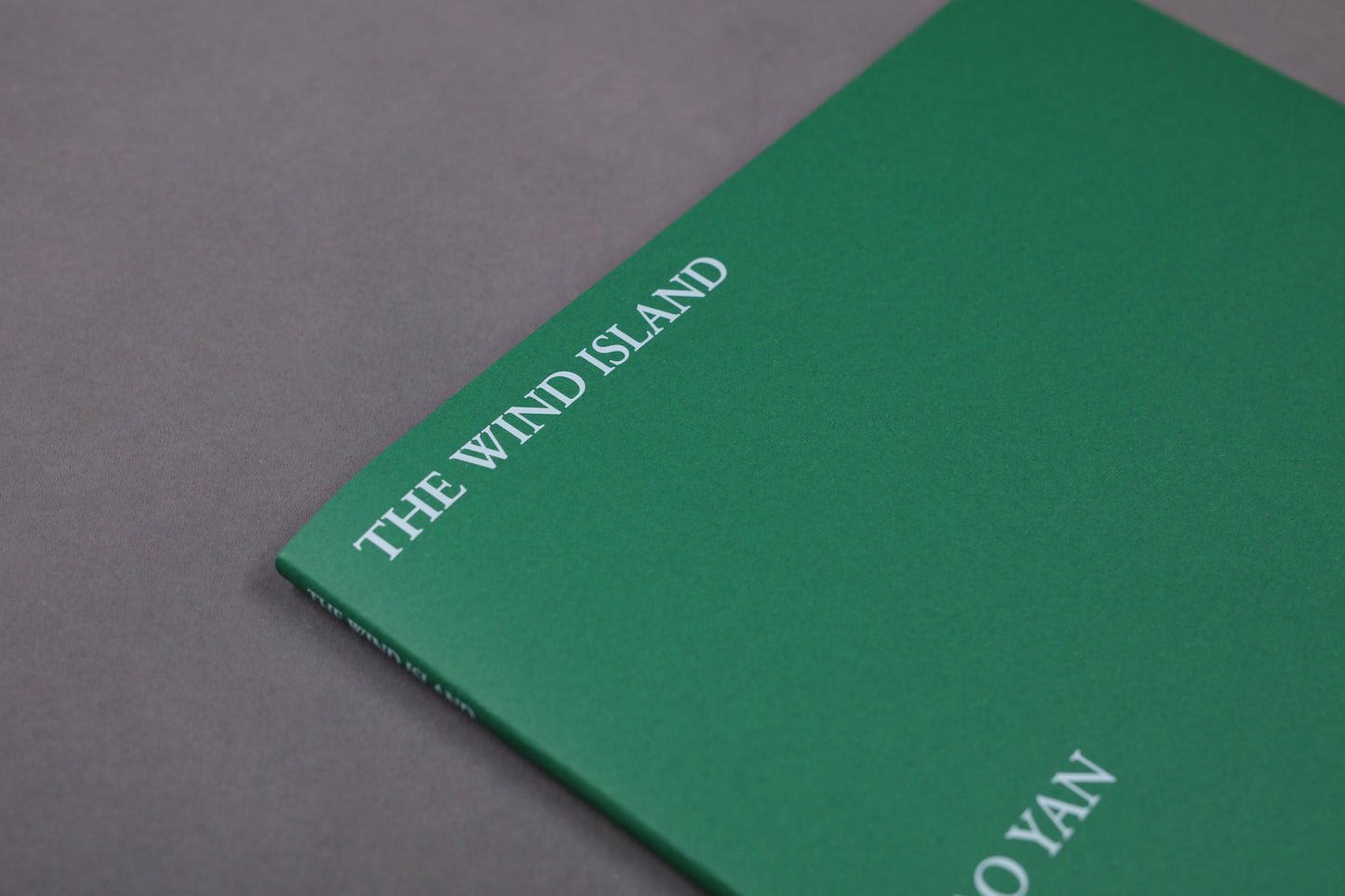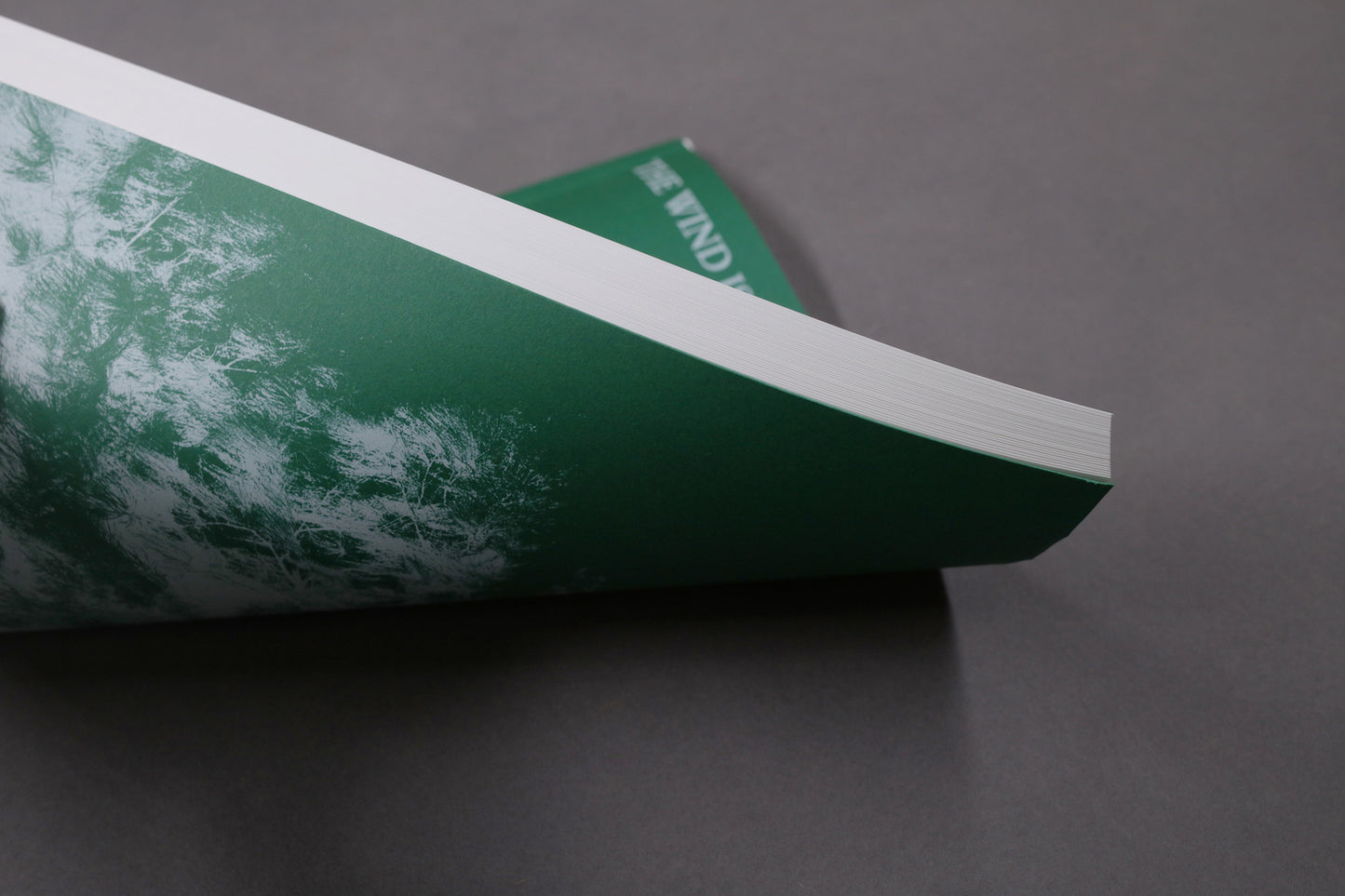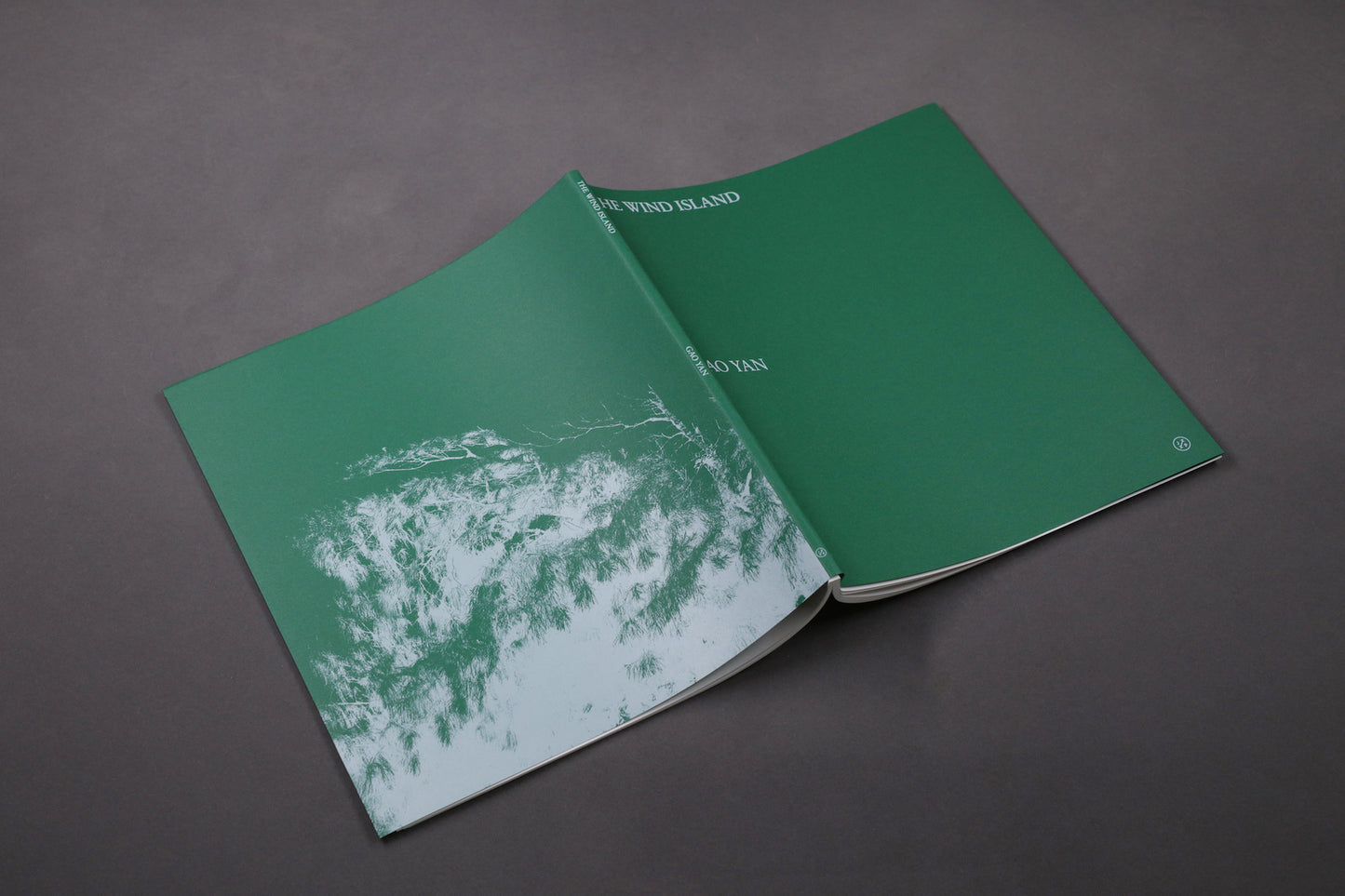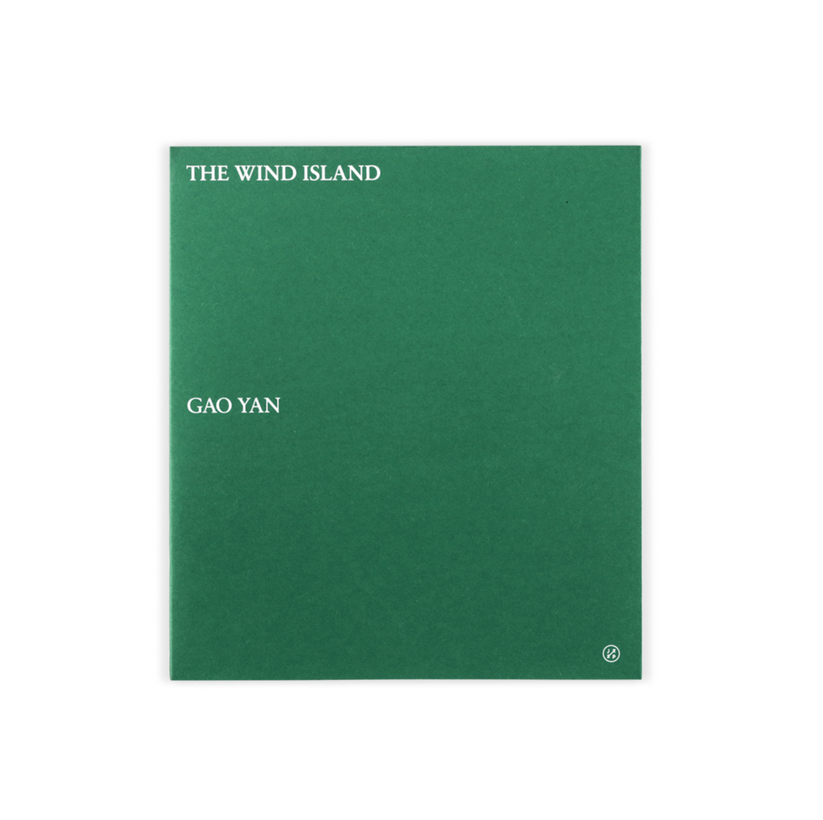
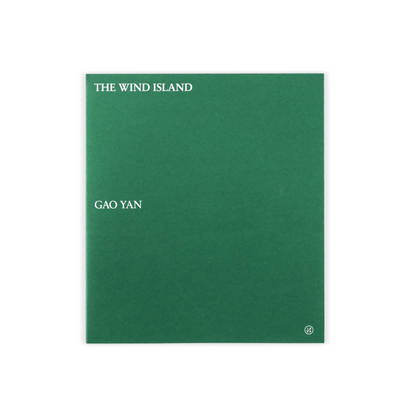
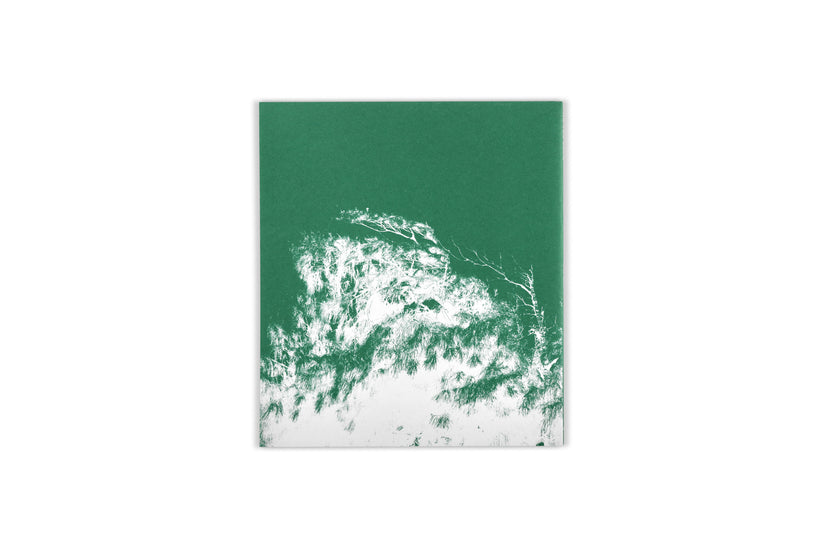
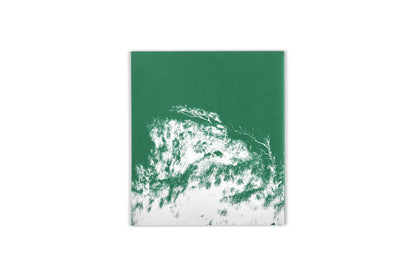
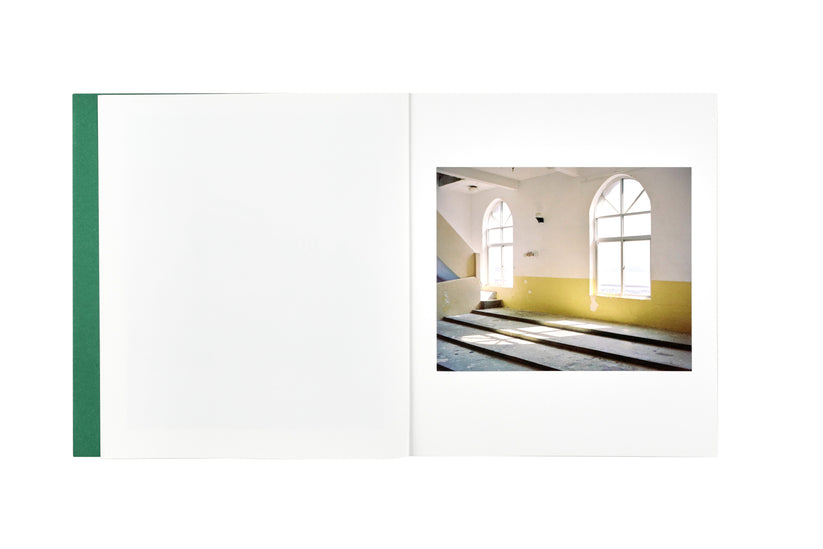
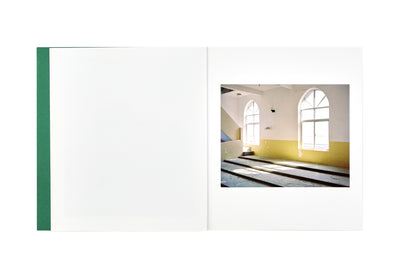
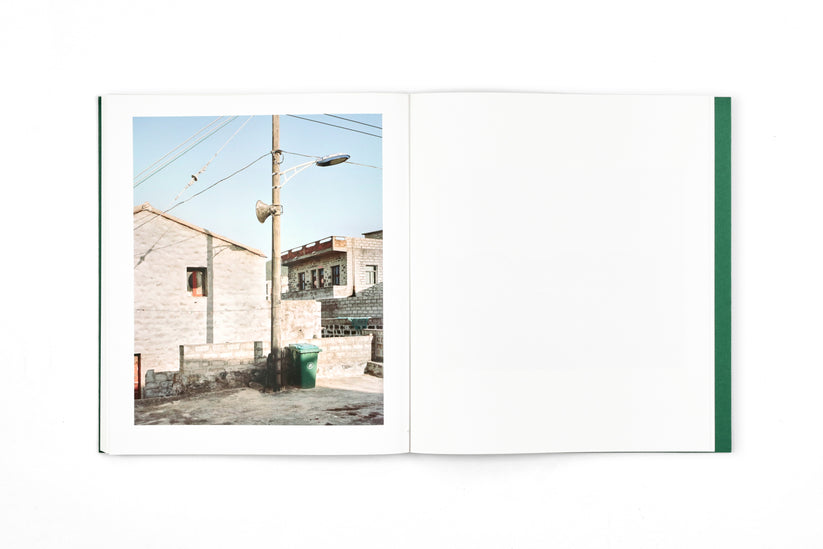
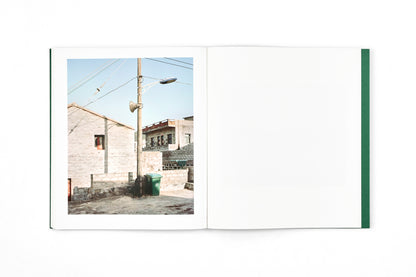
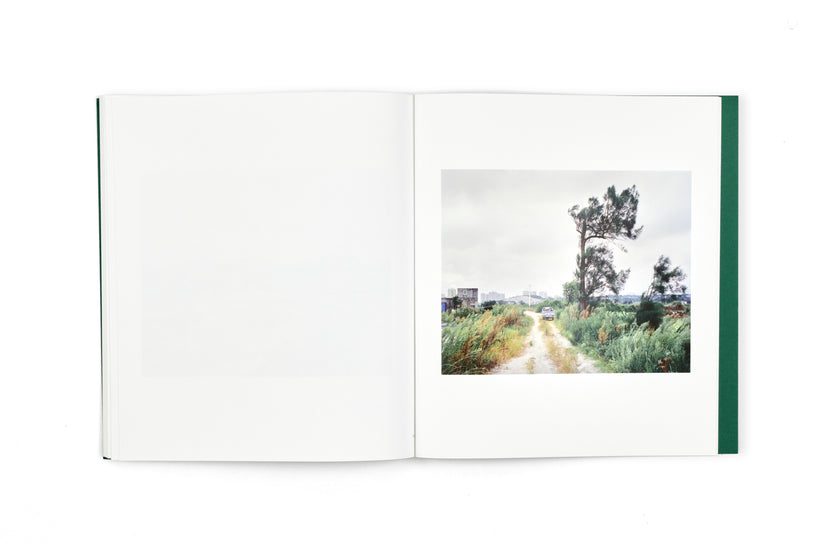
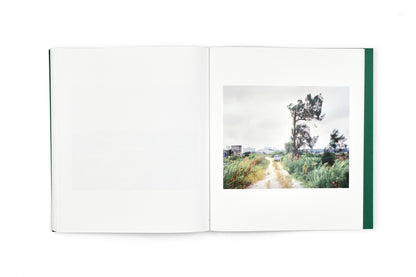
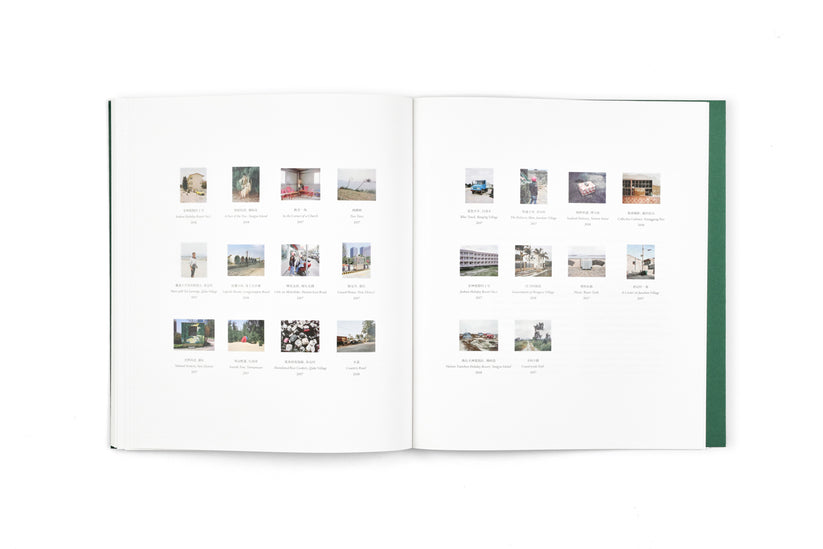
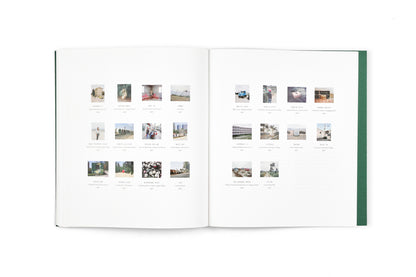

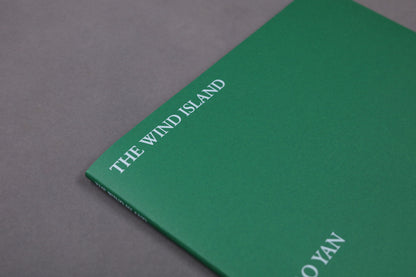

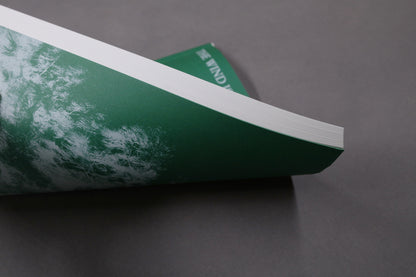
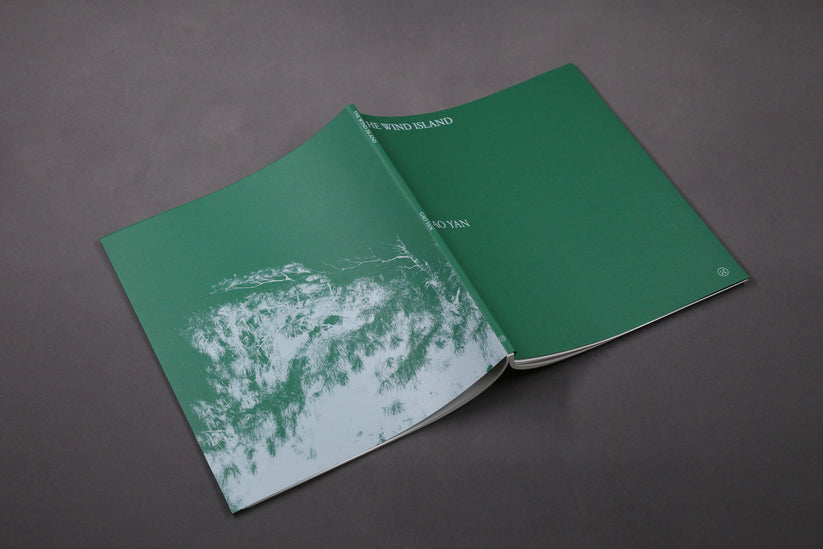
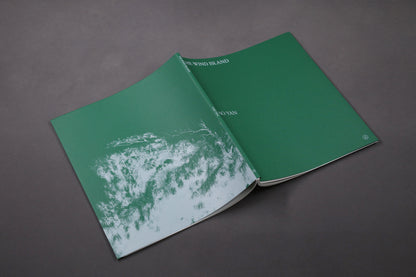
Gao Yan╱The Wind Island
Jiazazhi
Regular price
€30,00
Regular price
Sale price
€30,00
Unit price
/
per
Published by Jiazazhi in October 2019
250 X 285 mm, softcover with a dust jacket
70 pages, 34 prints
Artist Statement
The wind here is strong, and many natural landscape forms are shaped by the wind.
The first time I was here was in April 2017, with students from the Department of Photography in Tianjin Academy of Fine Arts. We went to the unspoiled ecological islands along the coast of Fujian Province to conduct drawing from nature, and observe the remote, undeveloped area. The main area investigated were villages along Pingtan Island and Huangqi Peninsula in Fujian Province. Since the Tang Dynasty, Fujian’s coastal area has been a commercial distribution zone of ocean shipping. Therefore, the culture of this region has characteristics of maritime civilization. The islands are abundant in natural resources and have villages with more than a thousand years of history and island architectures with original styles. In 2013, Pingtan Island was designated as Comprehensive Experimental Zone. The local government tried to attract business and investment, and many companies came. Meanwhile, natural resources have been exploited greatly to develop tourist economy.
At first, I went to Pingtan to take photos because I was interested in the concept of original ecological culture, which was popular at the time, and wanted to know what the “original ecological” reality could bring to people. Would it be the material and cultural experience left by a region’s historical, geographical and natural environment? Or the standardized and homogenized cluster of consumer activities brought by tourist economy? During the two visits in April and July in 2017, I discovered that the continuous development had been changing the local topography and lifestyle rapidly. I tried to record the changes on these islands from my own perspective, to understand the relationship among local people, natural environment, cultural heritage and modern civilization via observing, and to think about how they adjust their social status and lifestyle in the new cultural ecology to keep up with and adapt to the rapidly changing era.
About the Artist
Gao Yan was born in Hebei Province in 1980 and currently teaches in the Department of Photography in Tianjin Academy of Fine Arts. In 2008, Gao finished the Post-diplôme of École Nationale Supérieure des Beaus-Arts de Lyon. Since 2008, his photographs have been exhibited in Centre Photographique d'Ile-de-France, Musée d'art contemporian de Lyon, National Art Museum of China, Shanghai Power Station of Art, Art Museum of Nanjing University of the Arts, etc.
